One-trip cargo containers represent a revolutionary shipping solution, offering durability, cost-effectiveness, and efficiency with their single-use design. Available in various sizes through numerous suppliers, these containers cater to both temporary and long-term needs. Their robust construction, featuring materials like steel and aluminum, ensures longevity despite limited use. One-trip containers streamline logistics across industries, particularly in construction and retail, reducing labor costs and delays. Future advancements focus on durable materials, customization, and modular design, while market demand drives innovations accessible via dealers, suppliers, and online marketplaces, transforming global supply chains with sustainable solutions.
“One-trip cargo containers are transforming the logistics industry by offering a durable, efficient, and cost-effective solution for shipping. In this comprehensive guide, we explore the benefits and design considerations of these innovative containers, which experience minimal wear and tear. From their structural integrity to real-world applications across various industries, one-trip containers are revolutionizing supply chain management. Discover how future prospects and technological advancements further enhance their sustainability and utility.”
- Understanding One-Trip Cargo Containers: A Brief Overview
- Benefits of Using One-Trip Containers for Minimal Wear and Tear
- How Design Impacts Durability: Key Considerations
- Real-World Applications: Industries Leveraging This Technology
- Future Prospects and Innovations in One-Trip Container Design
Understanding One-Trip Cargo Containers: A Brief Overview
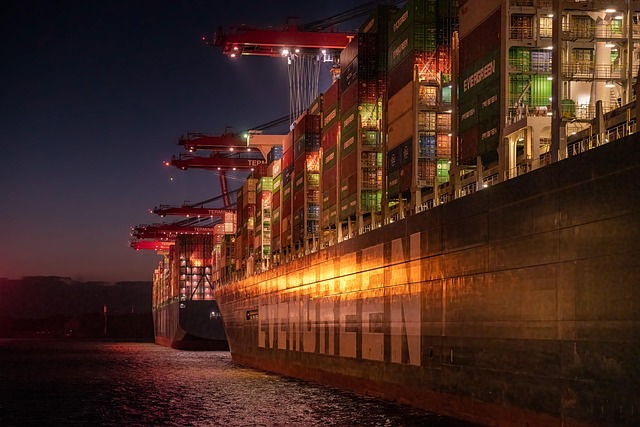
One-trip cargo containers are an innovative solution for shipping and storage, designed to be used only once before being returned empty. This unique approach minimizes wear and tear compared to traditional reusable containers, making them a sustainable choice for many businesses. Each container is constructed with durability in mind, featuring robust materials and sturdy builds that can withstand the rigors of transport and handling.
These one-trip cargo containers offer various benefits, including cost-effectiveness, reduced maintenance, and faster turnaround times. They are available in different sizes, from standard to high cube, catering to diverse shipping needs. Many suppliers provide new or certified used options, ensuring quality while offering competitive pricing. The market for these containers is growing, with an extensive inventory and dealers worldwide, making it easy to find the right one-trip cargo container for sale, whether you need them temporarily or as a long-term solution.
Benefits of Using One-Trip Containers for Minimal Wear and Tear
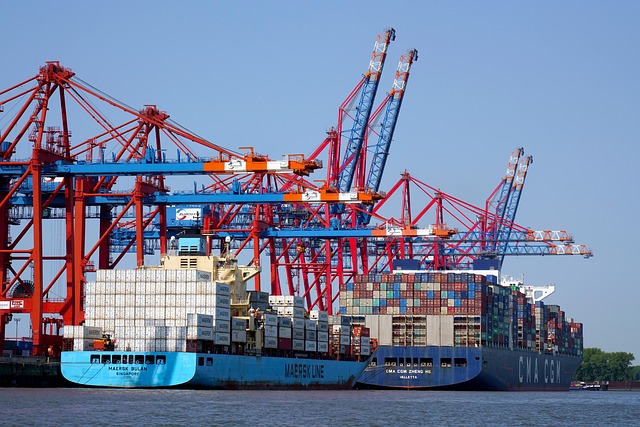
Using one-trip cargo containers for minimal wear and tear offers a multitude of benefits. Firstly, these containers are designed for single-use, which means they undergo less handling and transport compared to traditional reusable containers. This reduces physical stress on all sides—from the container itself to the goods inside—leading to less structural damage and longer lifespan despite limited use. Moreover, one-trip containers often come in various dimensions, including high cube options, catering to diverse cargo needs without sacrificing space efficiency.
One-trip cargo containers are also cost-effective solutions. Since they’re not intended for long-term storage or frequent transport, these containers can be purchased at competitive prices, making them ideal for one-off shipping needs or short-term warehousing. Additionally, the streamlined design and minimal maintenance requirements contribute to lower operational costs compared to traditional container options. For businesses seeking a reliable and affordable way to ship goods, one-trip cargo containers are definitely worth considering, with numerous dealers offering both new and used models at various prices across different marketplaces.
How Design Impacts Durability: Key Considerations
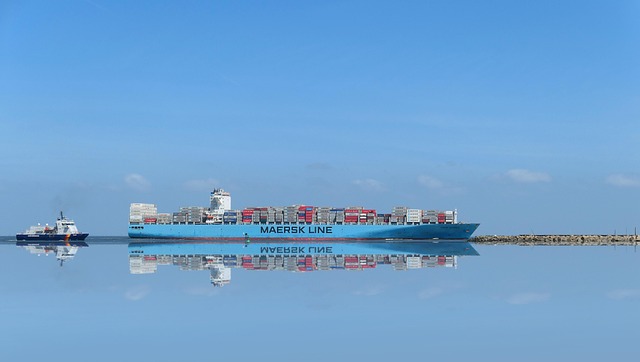
The design of one-trip cargo containers plays a significant role in determining their overall durability and longevity. Key considerations include materials used, structural integrity, and features that mitigate wear and tear during transit and storage. Containers crafted from robust, high-quality materials like steel or aluminum are more resistant to damage, especially when reinforced with additional protective layers or coatings.
Furthermore, thoughtful design choices like reinforced corners, secure sealing mechanisms, and robust flooring ensure the container can withstand the rigors of transportation and handling. Proper ventilation and temperature control systems (for reefer containers) prevent accelerated degradation caused by moisture and extreme temperatures. Ultimately, a well-designed one-trip cargo container not only enhances durability but also optimizes efficiency and cost-effectiveness for shipping and logistics operations.
Real-World Applications: Industries Leveraging This Technology
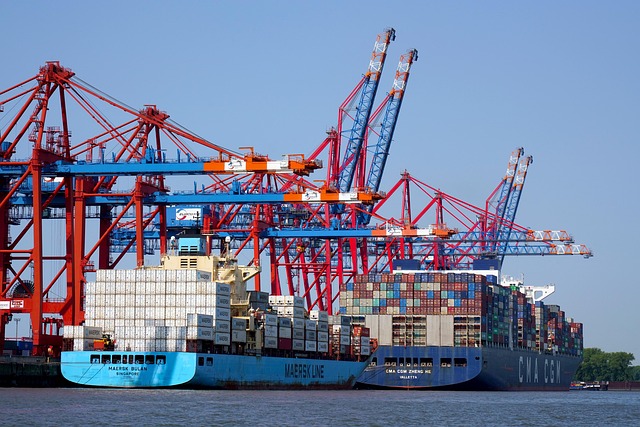
In various industries, the adoption of one-trip cargo containers has revolutionized efficient logistics and transportation. Construction sites often utilize these containers for storing and transporting building materials, equipment, and tools over short distances. Their durability and ease of movement streamline construction projects, reducing labor costs and minimizing delays.
Moreover, the retail sector leverages one-trip cargo containers for last-mile delivery solutions, especially in e-commerce fulfillment centers. These containers enable quick and cost-effective shipping of goods directly to customers’ doors, enhancing the overall shopping experience. With their versatile applications, from construction sites to retail distribution centers, one-trip cargo containers are transforming supply chain management by offering a sustainable, efficient, and affordable solution for businesses worldwide.
Future Prospects and Innovations in One-Trip Container Design
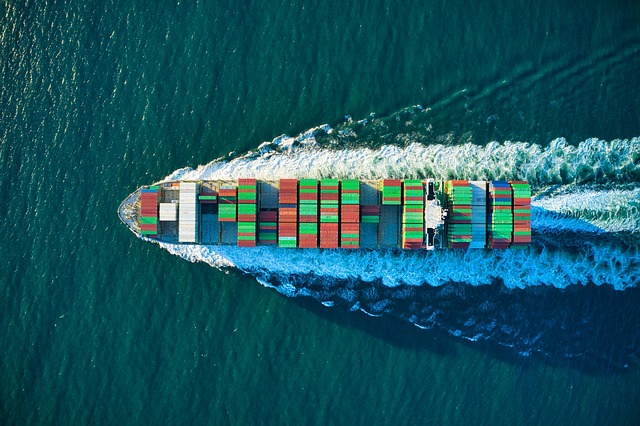
The future of one-trip cargo containers promises exciting innovations driven by advancements in material science and manufacturing technology. Researchers are exploring new materials that offer superior durability, lightweight properties, and enhanced corrosion resistance, all while reducing production costs. These developments could lead to longer-lasting containers with improved structural integrity, ensuring minimal wear and tear even under the most demanding shipping conditions.
Additionally, there is a growing trend towards customization and modular design. Manufacturers are incorporating advanced features such as integrated tracking systems, improved sealing mechanisms, and customizable interior layouts to cater to specific cargo requirements. The market demand for efficient, cost-effective, and versatile one-trip cargo containers has spurred the emergence of innovative start-ups and collaborations with established logistics companies. This trend promises to revolutionize global supply chains by offering more flexible and sustainable solutions in the form of new one-trip cargo containers, reefer options, and high cube units, making them accessible through various channels like dealers, suppliers, and online marketplaces.
One-trip cargo containers offer a compelling solution for reducing wear and tear, with their durable design and efficient use. By understanding the benefits, design considerations, and real-world applications, industries can leverage this technology to optimize logistics and minimize environmental impact. As innovations continue, the future of one-trip containers looks promising, potentially revolutionizing supply chain management in today’s digital era.
